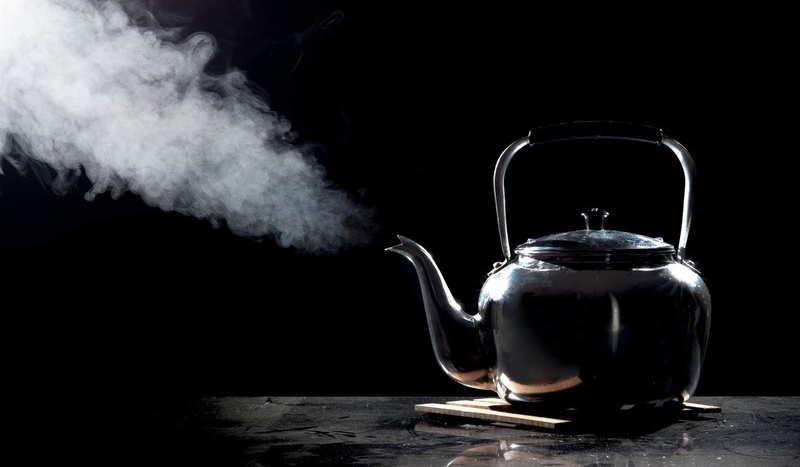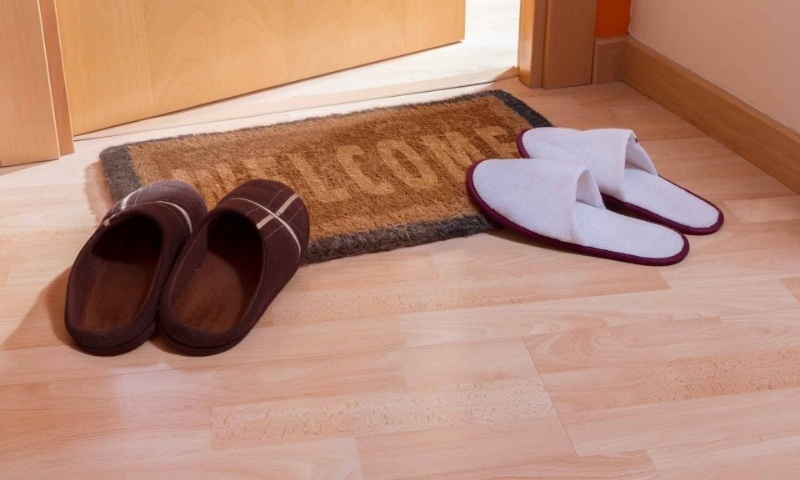Why perfect house cleanliness can lead to the growth of dangerous microorganisms

Like sloppy, excessive cleanliness can cause the appearance of a large number of dangerous microorganisms in the house. This conclusion was recently made by scientists from the University of Oklahoma, who conducted research in Peru and Brazil.
How was the study
To study in detail the effect of urbanization on the number of microbes and fungi that live next to humans, scientists had to conduct a study on a vast territory.
They took a large number of samples from walls, floors and other surfaces in people's homes, ranging from huts of Indians living in the Peruvian Amazon, to apartments of residents of the Brazilian city of Manaus. In addition, for their study, scientists used scrapings from the skin of people and pets.
The difference between the composition of microorganisms in human dwellings in the city and the "village"
The results of the study showed that the bacterial diversity in the city is much less than in rural areas. Most importantly, in addition to harmful ones, the number of “useful” microbes has decreased, some of which live in the human gastrointestinal tract. This difference was recorded not only inside the premises, but also in the human body. This is due to the appearance in the urban area of many materials and substances that are not characteristic of rural areas, which are used, for example, in the construction of various buildings. In addition, antimicrobial cleaners are often used in the city, which also reduces the total number of microbes.
The study also showed that fungal diversity in the same urban houses was much higher. Such a “skew” leads to more frequent occurrence of various skin diseases among urban residents, including dandruff and seborrheic dermatitis.
Why fungi live well in cities
Scientists believe that the main reason for the situation is the use of a large number of cleaning products by the townspeople, which are mainly aimed at the destruction of bacteria. Fungi, on the other hand, safely avoid exposure to these substances. They have thicker cell walls, so destroying them is much more difficult.
As a result of the reduction in the number of microbes, a lot of additional space was freed up for the growth and development of fungi. Another reason for the “vitality” of fungi is the favorable environment in urban apartments, which is created due to the large amount of carbon dioxide and poor lighting.
Chemical content
In the course of the study, scientists also analyzed the content of chemicals in the homes of urban and rural residents and found that there are much more in the city.
Among the chemicals found, there is not only an excessive amount of cleaning products, but also medicines, various cosmetics and components of building materials.
How to keep clean
The trend identified by scientists should not be a reason for refusing regular cleaning in the house. You still need to clean, but you should not be too diligent with the frequent treatment with powerful antibacterial agents of all objects and surfaces in the home.
Studies conducted by scientists prove that the process of urbanization adversely affected fungal and microbial diversity in the urban area. Alas, we can’t fix it. But it is up to us to decide which cleaning products and how much to continue to use.


